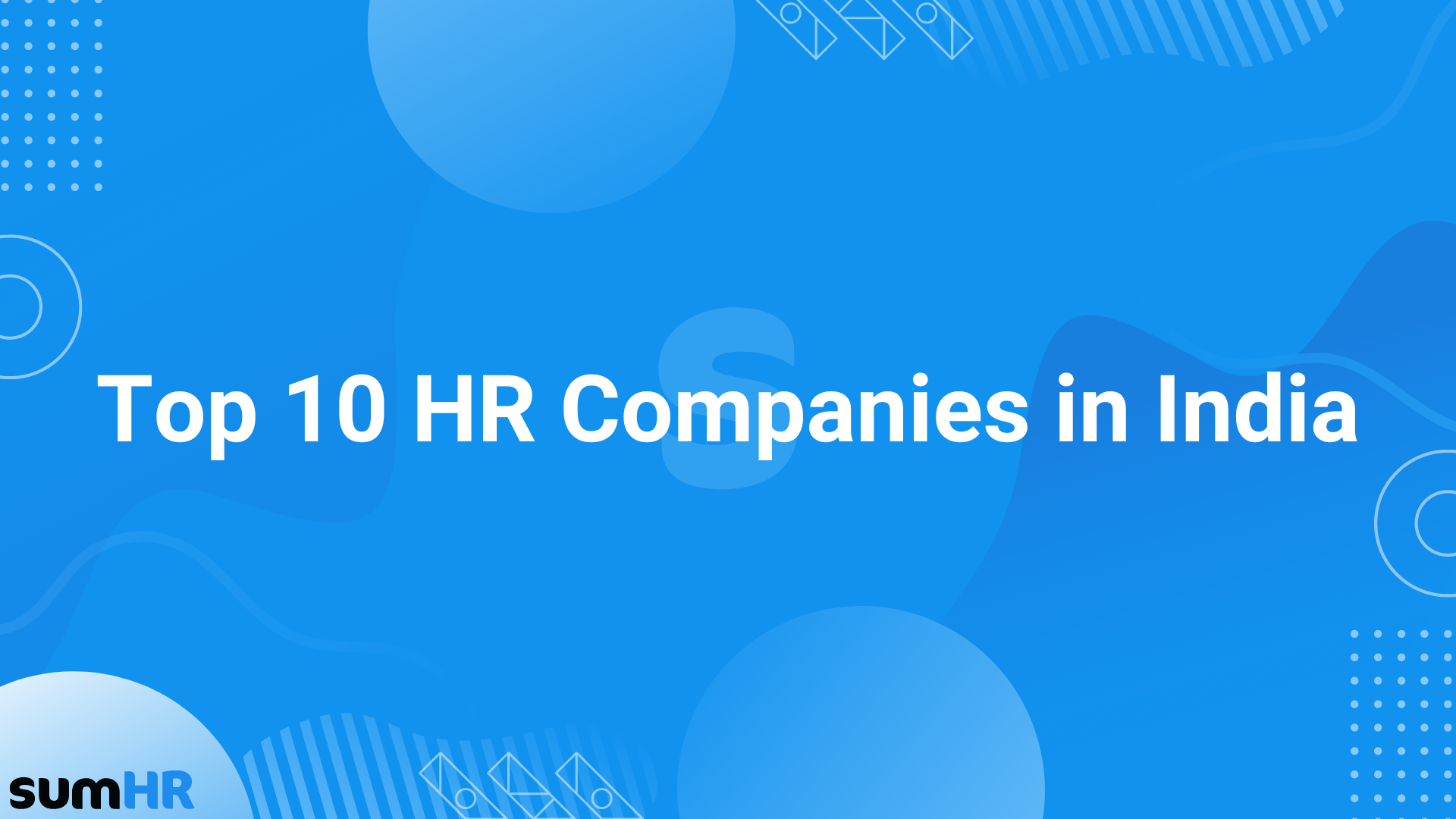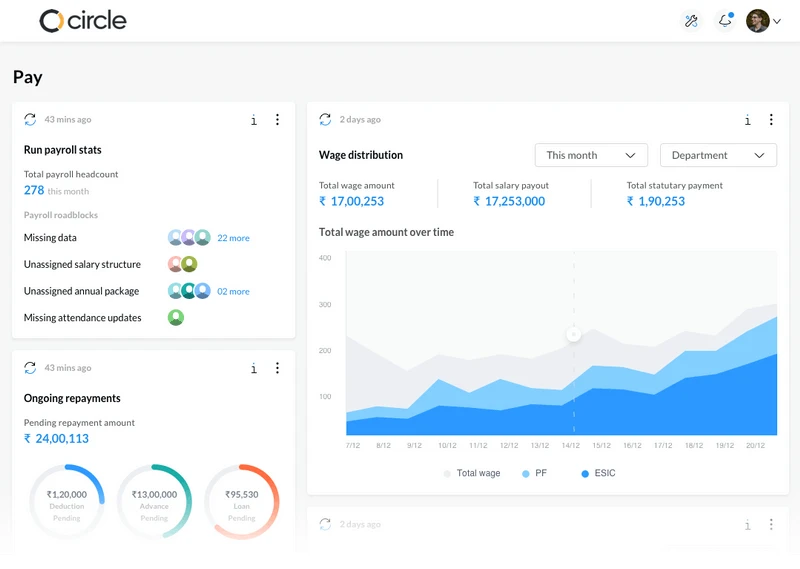Recently, a growing awareness of the need for paternity leave and flexible work schedules for new dads has occurred. The workplace today demands more support and flexibility for parents. Making the workplace more supportive requires providing fathers with assistance and flexibility during maternity leave. Maternity leave policies have traditionally strongly emphasised helping mothers after childbirth as she is considered the primary caregiver. However, there is now a growing demand for paternity leave policy for fathers.
In India, the function of dads in raising children has changed over time. Indian fathers spent an average of 120 minutes per day on childcare activities in 2019, up from 32 minutes in 2014, according to a Ministry of Statistics and Programme Implementation report. Although this increase is encouraging, it is still a long way behind mothers’ average of 298 minutes per day in 2019 caring for their children.
The COVID-19 epidemic has also highlighted the importance of flexible work schedules, including paternity leave. During the epidemic, many fathers were compelled to work from home and juggle work obligations with childcare responsibilities. As a result, the necessity of assisting fathers in their position as carers is becoming increasingly evident.
Why Is Paternity Leave Important?
In recent years, more fathers have assumed caregiving tasks, drastically changing the role of fathers in child-rearing. By giving fathers the time and resources necessary to form a bond with their new kid and support their partner, offering paternity leave can support fathers in this transition.
By giving both parents a chance to take time out of work to care for their kids, paternity leave can also help in lowering gender inequality in the workplace and can break out the pre-existing social norm and cultural norms in society. It can help in dispelling gender preconceptions and fostering a more welcoming workplace environment.
Additionally, studies have indicated that fathers who take paternity leave are more likely to be actively involved in their child’s upbringing over the long run. It can also benefit the child’s growth and well-being. All these necessitates having a fixed period of paternity leave under paternity leave laws.
Benefits of Supporting Fathers during Maternity Leave
Supporting fathers during maternity leave has a lot of advantages for both the fathers and their families. The following are the most prominent benefits of parental leave for working parents:
- Better Mental Health
Research shows paternity leave recipients’ mental health is better than those without. They are also less stressed and depressed. It is because taking time off from work provides more possibilities for bonding and caregiving.
- Better Outcomes for Children
When fathers are actively involved in their children’s life from a young age, it can have various advantageous effects on kids. It includes better mental health outcomes, better cognitive and social development, and higher academic performance, and promotes father-child relationship quality time.
- Better Workplace Gender Equality
By assisting fathers during maternity leave, businesses may advance workplace gender equality by allowing moms and fathers to take time off to care for their children. It can support the eradication of gender stereotypes and the development of an inclusive workplace culture.
- Increased Employee Retention
Businesses can recruit and keep top talent by providing paternity leave and flexible work schedules, especially among younger generations who place a higher value on work-life balance and gender-equalising family policies.
Implementing Paternity Leave and Flexible Work Arrangements: Overcoming Obstacles
Offering paternity leave and flexible work schedules has numerous advantages, but implementing these rules can be difficult for businesses. Here are some key factors to think about:
- Overcoming Cultural Barriers
In certain countries, it’s still frowned upon for fathers to take time off work to look after their children. Businesses will have to make an effort to remove these cultural obstacles and highlight the advantages of assisting fathers during maternity leave.
- Managing Logistical Issues
It can be difficult to provide paternity leave and flexible work schedules from a logistical standpoint, especially for small enterprises or those with limited resources. Companies must put forth an effort to create feasible and long-lasting policies and practices.
- Ensuring Fair Access
Employers must ensure that all staff members, regardless of gender or family situation, have access to paternity leave and flexible work schedules. It could help in fostering a more welcoming company atmosphere and preventing discrimination.
Creating an Inclusive Workplace Culture for All Parents
Companies must develop an inclusive workplace culture that supports all parents, regardless of gender or family status, if they want to truly support fathers during maternity leave. Here are some important things to think about:
- Promoting Work-Life Balance
Companies can encourage work-life balance by providing flexible work arrangements, such as job-sharing, telecommuting, or flexible hours. It can assist all parents in striking a balance between their employment and caring obligations.
- Offering Parenting Resources
Businesses can give customers access to parenting resources like workshops or counselling services to assist parents in navigating the difficulties of parenthood.
- Offering Mentoring Opportunities
Businesses can offer mentoring opportunities to aid fathers in honing their parenting abilities and overcoming the difficulties of juggling work and family life.
4. Promoting Diversity and Equity
Promoting diversity and equity in all facets of the workplace, including parental leave policies and flexible work schedules, is the final way businesses can promote an inclusive atmosphere. It can contribute to developing a supportive and appreciated parent-friendly workplace culture.
Companies That Provide Flexible Work Arrangements and Paternity Leave
Several businesses with good outcomes have already applied for paternity leave and flexible work schedules. For instance, Netflix established an unrestricted paid parental leave policy for first-time parents in 2015, which has assisted the business in luring and keeping top talent.
Similar to this, Deloitte provides all new parents, regardless of gender, with up to 16 weeks of fully paid parental leave to build parental relationships with children and parental relationship satisfaction. To help employees combine work and caregiving responsibilities, the organisation also provides flexible work arrangements like job-sharing and telecommuting.
Future Trends and Predictions for Paternity Leave and Working Hours
The role of fathers in raising children is predicted to continue to change as society’s standards move towards greater gender equality and work-life balance. Employers must modify their policies and practices to support the growing expectation that fathers will actively participate in raising their children.
The adoption of gender-neutral parental leave policies, which will allow both parents to take time off work to care for their child, is one trend that is expected to continue. Also, as businesses grow increasingly aware of the significance of work-life balance for both parents, flexible work options like job-sharing and telecommuting are likely to become more prevalent.
Finally, as more men assume caring duties, companies may need to offer extra assistance and resources to support fathers in juggling work and caregiving obligations. It can entail making available parenting services, mentoring programs, and flexible work schedules.
Conclusion
The growing demands of the time necessitate supporting fathers during maternity leave by providing paternity leave and flexible work schedules. It also makes good commercial sense. Companies can recruit and keep top talent, advance gender equality at work, and enhance employee satisfaction and well-being by supporting fathers.
Supporting fathers can also have a variety of good effects on families, including better outcomes for kids and better mental health for both parents. Employers must modify their policies and practices to reflect the ongoing evolution of dads’ parenting roles and foster a more welcoming employment environment for all parents.
Consider contacting sumHR if you’re interested in establishing paternity leave and flexible work schedules in your workplace to accommodate fathers throughout maternity leave. They may assist you in creating practices and policies that are workable, long-lasting, and support a welcoming work environment for all parents.








